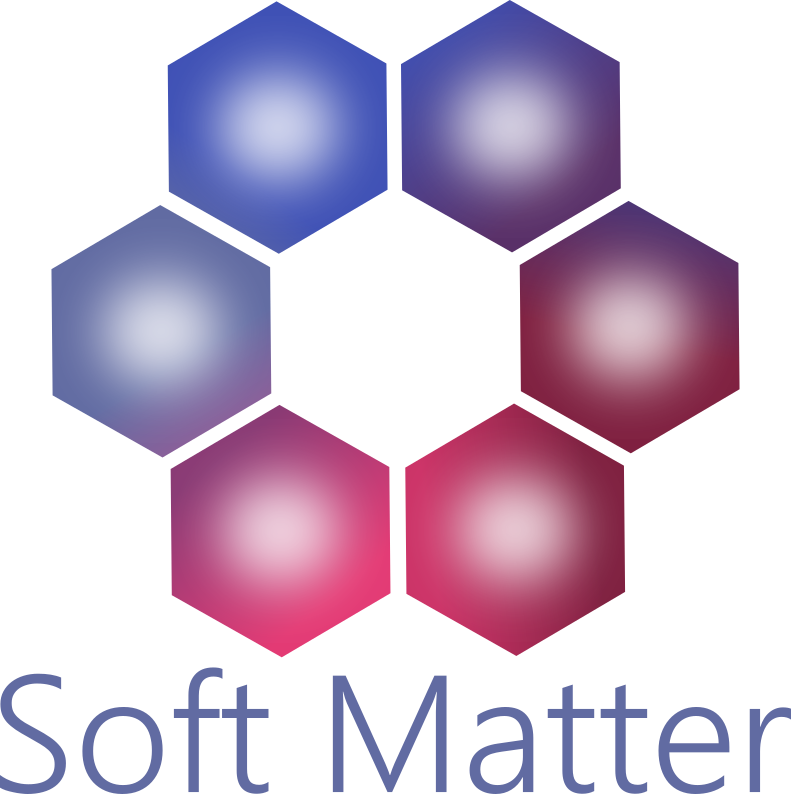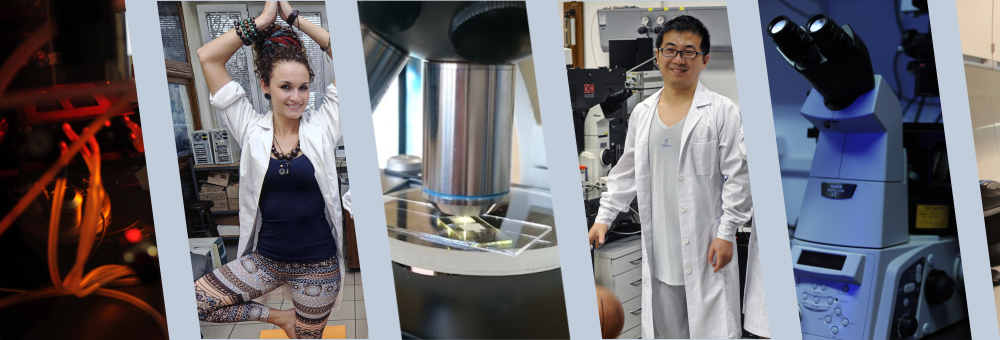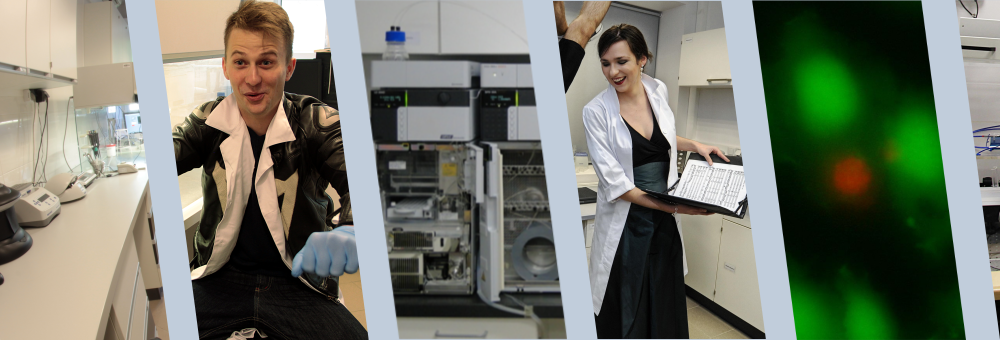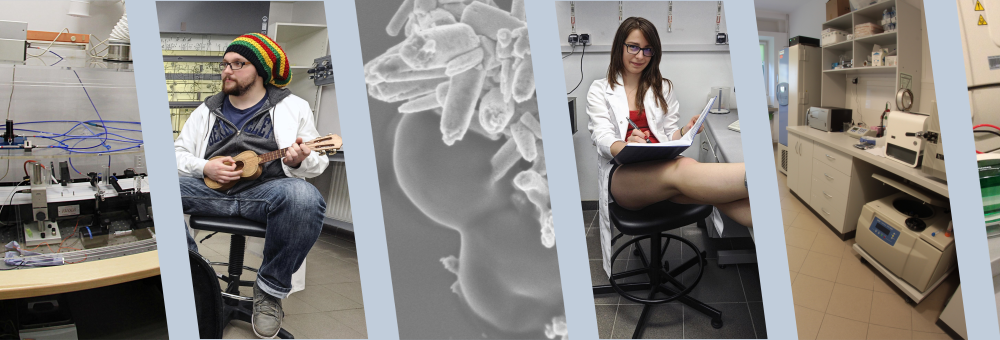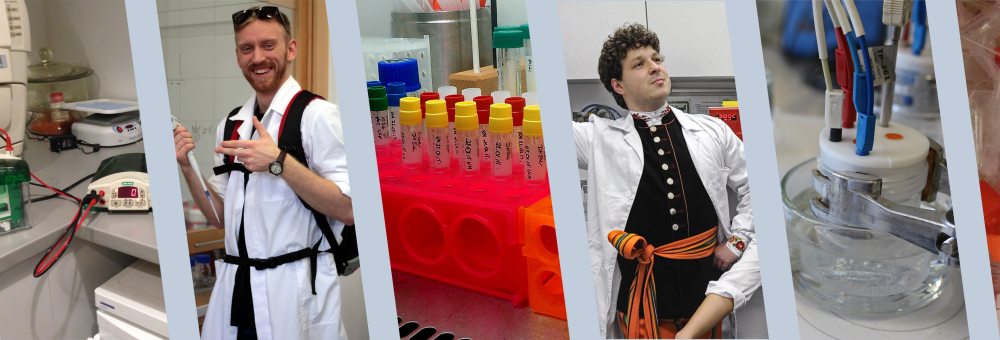Publication
Polymer-induced ordering and phase separation in ionic surfactants
Author(s): Kalwarczyk, Ewelina and Golos, Monika and Holyst, Robert and Fialkowski, Marcin
Title: Polymer-induced ordering and phase separation in ionic surfactants
Abstract: We present a new method to induce phase separation in solutions of ionic In this method, the phase separation is obtained either by of polyelectrolytes or nonionic polymers along with inorganic As a result, the system separates into polyelectrolyte-rich (or polymer-rich) and surfactant-rich phase, Four types of the were investigated: (i) anionic surfactants and anionic (ii) cationic surfactants and cationic (iii) cationic surfactants and nonionic polymers, and anionic surfactants and nonionic polymers. We found that the of polyelectrolyte with the charge of the same sign as that of can induce the phase separation in a wide range of surfactant The addition of nonionic polymers induces the phase only in solutions of cationic surfactants. Moreover, the of nonionic polymers induces the phase separation only for high total content of polymer and surfactant in the mixture. found however that the addition of inorganic salt to the mixture of surfactant and nonionic polymer triggers the phase separation for a small concentrations of surfactant. In our experiments, water well as mixtures of water and polar solvents were employed as Based on the optical microscopy studies we found that the phase represents hexagonal ordering. (C) 2009 Elsevier Inc. All rights reserved.
Pages: 93-102
Journal: JOURNAL OF COLLOID AND INTERFACE SCIENCE
Volume: 342
ID: ISI:000273665900013
Year: 2010
DOI: 10.1016/j.jcis.2009.10.016



